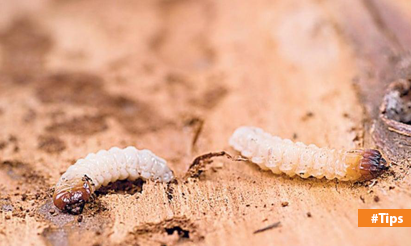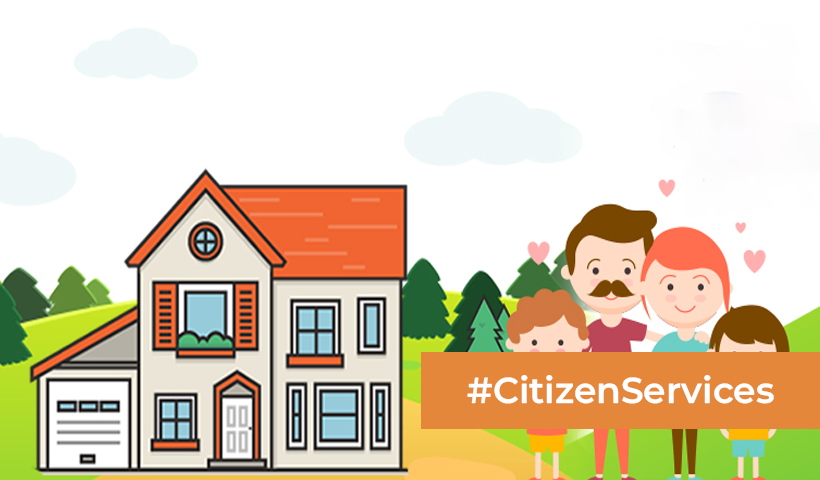The Ultimate Washing Machine Setup Guide for Homeowners!
Installing a washing machine might seem like a daunting task, but with the right guidance and some basic tools, you can do it yourself and save both time and money. Whether you’re replacing an old machine or installing a new one for the first time, this step-by-step guide will walk you through the process. Before you start, make sure you have all the necessary tools and follow safety precautions.
Tools and Materials You’ll Need:
- Washing machine
- Washing machine hoses (inlet and outlet)
- Adjustable wrench
- Screwdriver
- Level
- Pliers
- Teflon tape
- Drain hose
- Drain hose clip (optional)
- Washing machine user manual
Step 1: Preparation
Before you begin the installation, ensure that you have a suitable location for your washing machine. It should be on a level surface, near a water source (usually a faucet), and have access to a drain. Also, make sure you have enough clearance space around the machine for proper ventilation.
Step 2: Turn Off Utilities
Safety first! Turn off the water supply and electricity to the area where you plan to install your washing machine. This may involve shutting off the main water valve or disconnecting the power at the circuit breaker.
Step 3: Position the Washing Machine
Place the washing machine in its designated spot. Use a level to make sure it sits evenly on the floor. Adjust the machine’s legs as necessary to ensure stability.
Step 4: Attach Water Supply Hoses
Connect one end of the hot and cold water supply hoses to the back of the washing machine. The hot water hose is usually red, and the cold water hose is typically blue. Use an adjustable wrench to tighten the connections, but avoid over-tightening, as it can damage the fittings.
Pro tip: Wrap the threads of the hose connections with Teflon tape to prevent leaks.
Step 5: Connect the Drain Hose
Attach the washing machine’s drain hose to the machine’s drain outlet. Make sure it’s secure but not kinked. The other end of the drain hose should be placed in a drain or standpipe. You can use a drain hose clip to secure it in place if necessary.
Step 6: Plug in the Power Cord
Plug the washing machine’s power cord into a nearby electrical outlet. Ensure that the outlet is properly grounded, and use a surge protector if possible.
Step 7: Check for Leaks
Once everything is connected, slowly turn on the water supply. Check for any leaks around the hose connections. If you notice any leaks, turn off the water supply and tighten the connections as needed.
Step 8: Test the Machine
Before using your washing machine, run a test cycle without any laundry to make sure it’s functioning correctly. Follow the instructions in your washing machine’s user manual for this step.
Step 9: Clean Up
Dispose of any packaging materials and ensure that the area around the washing machine is clean and clutter-free.
Installing a washing machine is a manageable DIY task if you follow these steps carefully. However, if you encounter any difficulties or feel uncomfortable with any part of the installation process, don’t hesitate to seek professional help. Proper installation ensures that your washing machine works efficiently and helps you avoid potential issues down the road. Now that you’ve successfully installed your washing machine, you’re ready to enjoy the convenience of clean clothes at your fingertips. Happy washing!
Disclaimer: The views expressed above are for informational purposes only based on industry reports and related news stories. PropertyPistol does not guarantee the accuracy, completeness, or reliability of the information and shall not be held responsible for any action taken based on the published information.




